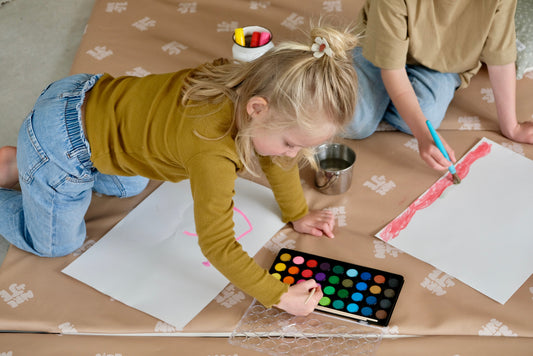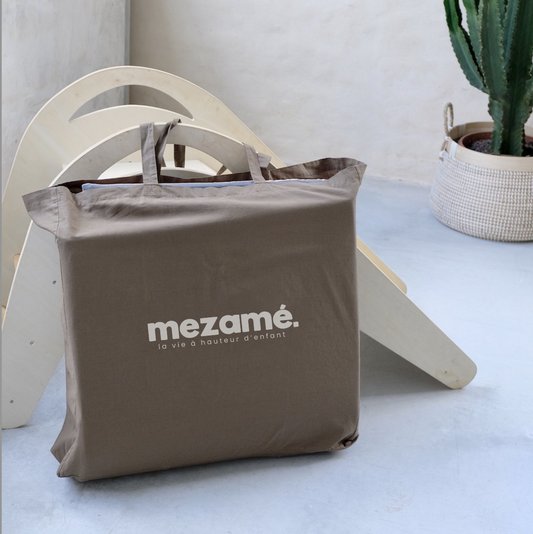Some eco-friendly tips for “dummies”
Some eco-friendly tips for “dummies”
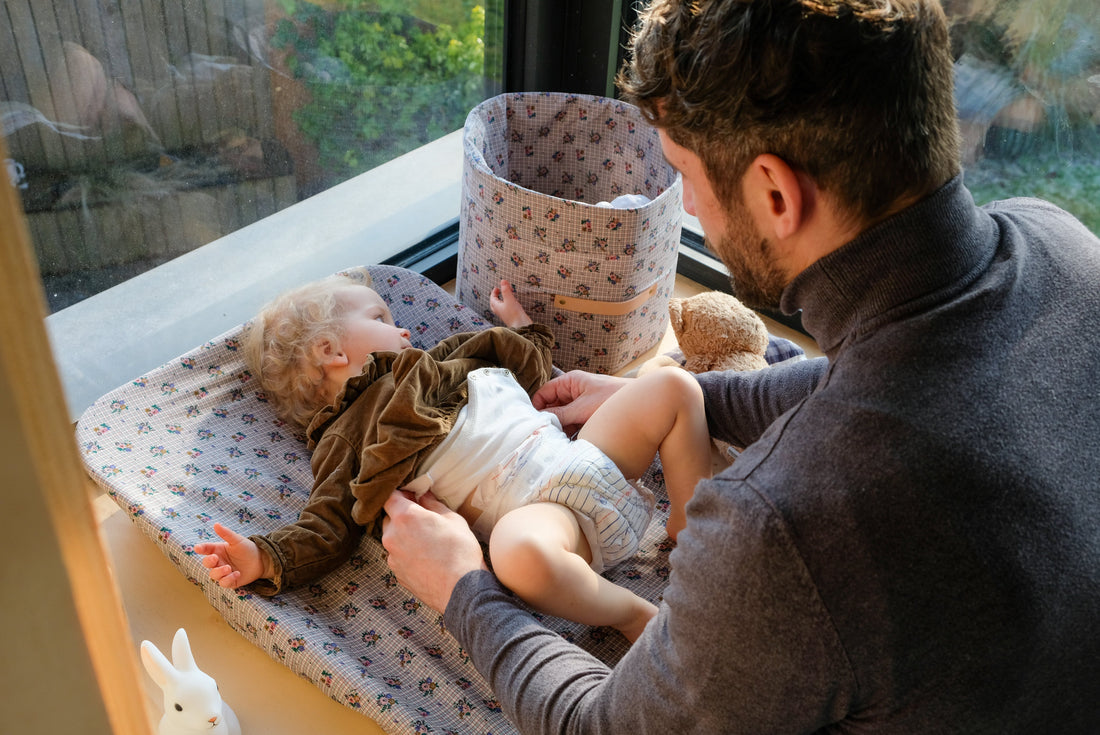
We often know the big measures and we're not going to lie, we sometimes find them complicated: as a reminder, basically, less (no?) flying, less (no?) driving, less (no?) meat, heating at 17 (from renewable sources...)
Put like that, we can feel a little discouraged (and guilty about our last vacation...?)
So here it is some little tips to peck at, among others, which we will save rather time and of money , without putting pressure on yourself and without ending up in an eco-anxiety crisis or burnout.
Because small seeds can give rise to baobabs and small drops to oceans... So to each one his little steps .

- Nasal hygiene : you can limit the use of plastic pods by making a large bottle with your own saline solution. Interesting when you have to do six washes a day during this interminable winter.
Physiological saline, for the uninitiated, is the closest possible fluid to what our bodies produce, interstitial fluid. "When you put it in your nose, it's to drain," says pediatrician Dr. Valleteau. "Not to disinfect."
The nose itself acts as a filter and contains lots of germs. The serum therefore does not necessarily need to be sterile." Hence the possibility of making it ourselves without taking too much risk for our baby.
The basic recipe: 9 g of sea salt or Himalayan salt, or two teaspoons, unrefined and without additives, in 1 L of tap water.
The serum is packaged in a container that can be sterilized beforehand (for greater caution, that is, it is placed in boiling water for about ten minutes).
Opinions vary regarding the shelf life of the serum. The most cautious say 3 to 5 days. After that, discard the contents of the bottle. It can be stored at room temperature, away from direct sunlight and excessive heat. The more cautious may also choose to store it in the refrigerator. In this case, take the amount needed for the day and use it at room temperature.
Be careful not to boil/cool the serum to sterilize it again after each use, otherwise the salt concentration will increase. It's also best to discard the bottom of the bottle at the end, as the salt concentration may be too high.
Each time you need it, pour a little serum into a small, clean container, before pumping it with a rubber-tipped nasal syringe (washed each time), to avoid putting germs in the bottle.
Another alternative solution is to buy saline solution in bulk, which is also available in pharmacies or online. The good idea is that when you've caught your damn cold and you're talking cobe, you can do your own nasal irrigation, or that of your older children, with a suitable tool, like the Rhinohorn.
A sort of Aladdin's lamp that you fill with serum and pour into one nostril, and it comes out the other in a continuous stream like a faucet. A nasal douche, from one nostril to the other. Not very glamorous, but the Scandinavians do it daily, and a cold wouldn't pass through them. These Swedes are good, in any case, it feels great in the moment, especially for the sinuses. Tested and approved, on children too. There are tutorials on the internet.
- For cleaning the eyes, some prudent health professionals recommend using sterile doses to be discarded after opening.
If you're more of a relaxed eco-friendly type, you can also use homemade products, but in this case, you sterilize the water by boiling and cooling it before adding the salt.
While writing this article, we also discovered that there were lots of recipes being shared on social media in Facebook groups like "Zero Waste Families," using dried flowers, particularly for the eyes in cases of conjunctivitis.
We didn't do a thorough investigation into this, but imagining ourselves frolicking in the meadow to pick mallow flowers, like Caroline Ingalls (from Little House on the Prairie) and tenderly applying them to our baby's eyes as an infusion really pleased us.
Just like stirring a big steaming pot of ivy leaves in water to make your own DIY laundry detergent bottle (and it works, apparently)
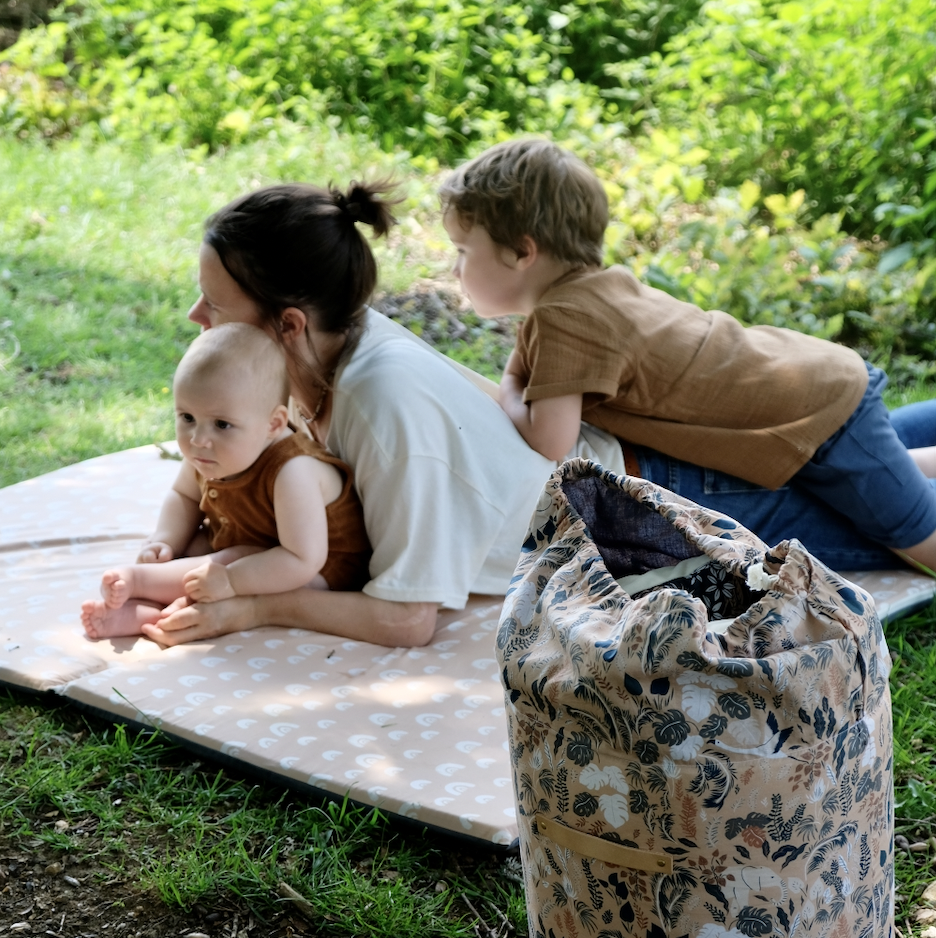
- Seat hygiene: warm water is sufficient. Optionally, use mild soap. Same for the face.
We can replace cotton or disposable wipes by good old people old-fashioned washcloths . You still need a certain number for each change. Internet users share highly advanced methods for scraping washable diapers over the toilet. The principle should also be applicable to washcloths.
- In case of dry skin : THE liniment , it's very easy to make yourself: 50% lime water and 50% organic food olive oil.
Note: It is useful for skin repair. If your baby's skin is healthy and free of redness, there is no need to apply it. It serves as a protective film and does not have cleansing or disinfecting properties.
- White clay (organic store or online and found in bulk) can be used to prevent rashes and soften bath water. Sprinkle a thin layer on baby's bottom in case of minor redness, and you can make a poultice on the bottom in case of rashes, by mixing it with water (there are tutorials).
- To moisturize the skin , do small massages with organic vegetable oil, such as organic virgin olive oil, the easiest to find, but also argan, sweet almond. Also very useful before gently removing cradle cap from baby's head with a comb.
- When baby has grown up : if we haven't given them to a little niece or an association, we recycle the diapers into makeup remover wipes or wipes to clean our kids.
Besides, as we get older, children's washcloths can be recycled into makeup remover wipes for mom. When our 15-year-old baby will need to wash less after his yogurt, and we will need to wear makeup more and more every day (because the morning dew will no longer be enough to give us the complexion of Caroline Ingalls).
- Laundry: for stains, rub them with ox fuel soap (organic store or online) with an old toothbrush if necessary, before putting in the washing machine. For all organic stains, this works well. Rather than using bleaching wipes like Decolor Stop, you can first fix the colors of new colored textiles by soaking them in lightly vinegared water.
Note: Even if you do use disposable bleaching wipes, you can actually reuse them two or three times. You can even cut them in half upon purchase and then reuse one half of the wipe per load. Alternatively, reusable wipes are available.
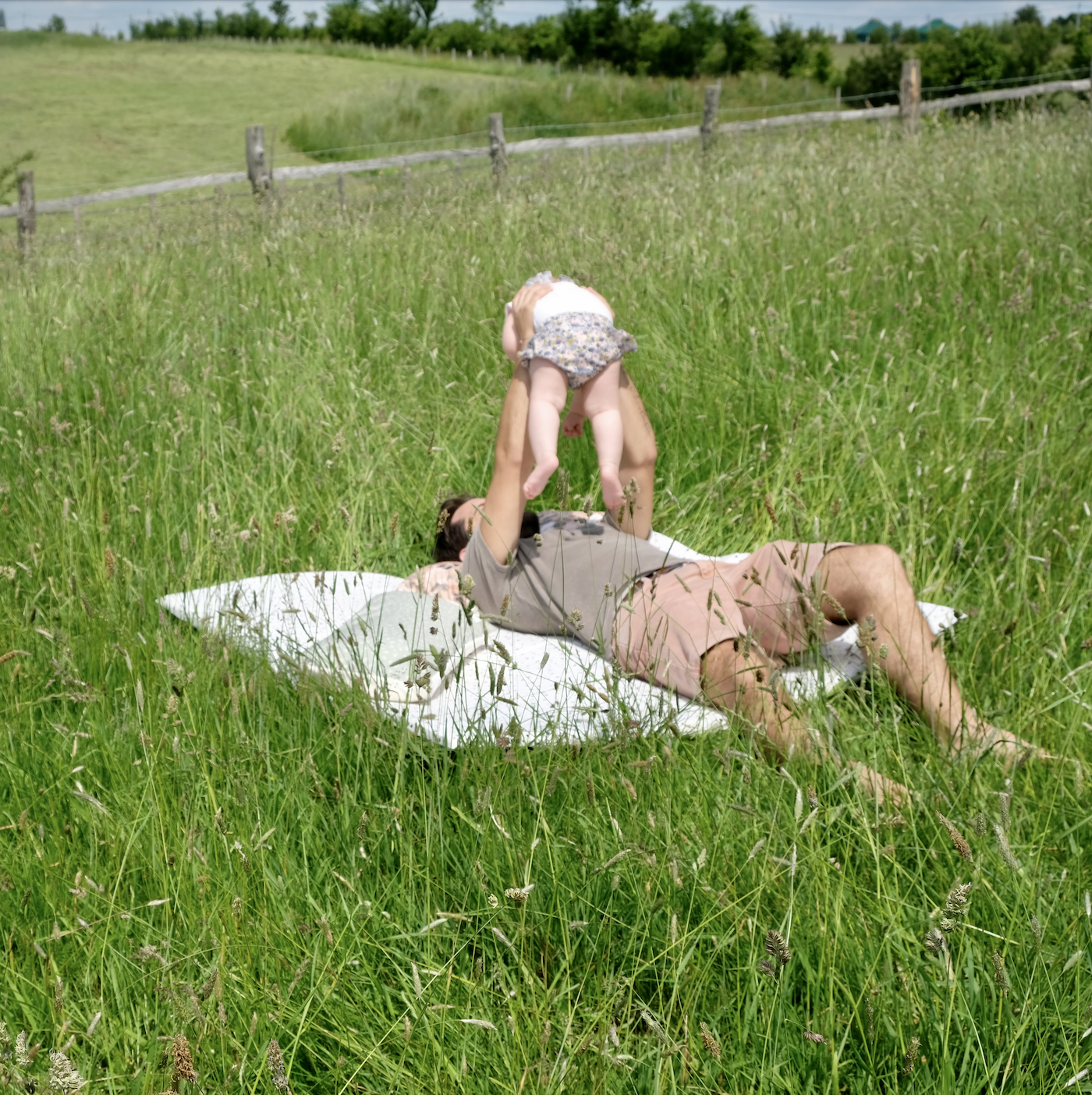
- For artificial milk bottles, Mineral water in plastic bottles is not automatic. See recommendations from the French Agency for Food, Environmental and Occupational Health Safety (ANSES).
Tap water is highly controlled, and bottled mineral water sometimes contains undesirable substances. This information should be moderated depending on where you live. In the Paris region, tap water is perfectly fine. You can check the recommendations of the French Food Safety Agency before using tap water on the ANSES website.
And the results of the water monitoring of your municipality on the public website: https://sante.gouv.fr/ to check that the mains water meets the dosages recommended by Anses for a baby.
If you don't have pre-war pipes, the main recommendations are to use cold water only (hot water encourages the growth of bacteria), and to run the water for a few seconds before using it.
- Finally, buy less , second-hand, and better quality, if possible labeled: we're not telling you anything new by saying that what lasts is perhaps sometimes more expensive at the time but largely profitable if you use it over several years, and pass it on.
Quality textiles with labels (Gots, Oeko tex), FSC or PESC wood, such as for example a extraordinary play mat which lasts... until adulthood...
